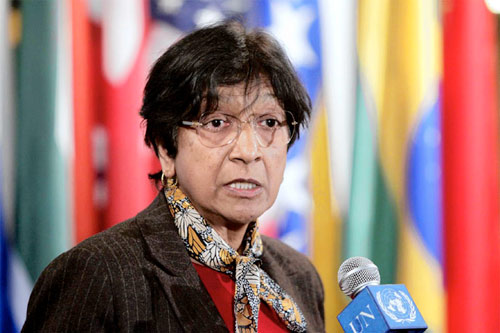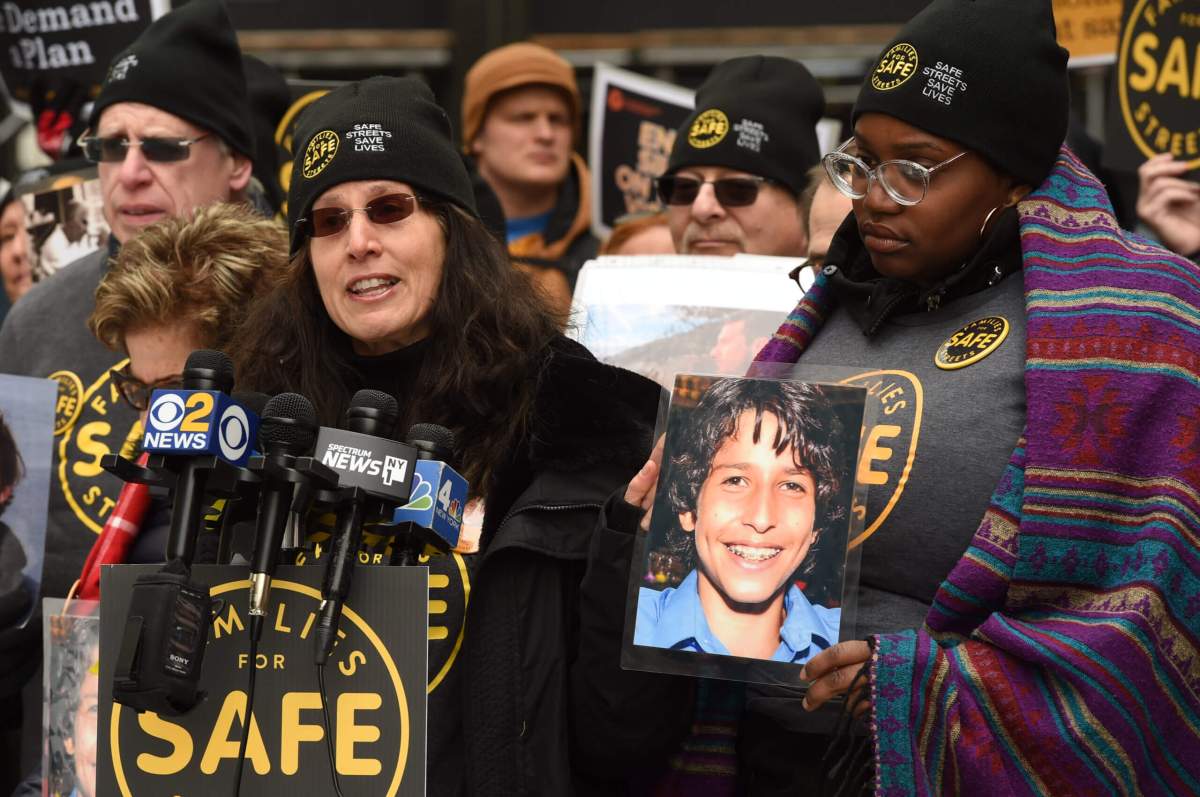United States Homeland Security Department agencies say the number of undocumented Cubans intercepted at sea or who reached U.S. shores in the past 12 months soared by more than 100 percent, reversing a three-year downward trend.
According to figures released by the agencies, about 1,700 Cubans were interdicted or landed in fiscal year 2011, which ended on Sept. 30. That compares to 831 in fiscal 2010.
U.S. Coast Guard officials said interdictions at sea rose from 422 to 1,000, while landings on U.S. shores climbed from 409 to almost 700.
U.S. officials said the figures reflected the first hike since fiscal year 2007, when the total hit 19,710, up from 16,226 for fiscal 2006. The number dropped back to 16,260 in 2008 and plummeted to 8,113 the following year.
While the uptick over the past year would seem relatively modest, the reversal of the downward trend and the growth of 14 percent in the overall figure have triggered much speculation among observers on exactly what drove the increase.
Havana activist Elizardo Sánchez said that the Spanish-speaking Caribbean island’s stalled economy is leading many Cubans to try to seek better lives abroad.
“The economy is worse each day,” said the head of the illegal but tolerated Cuban Commission for Human Rights and National Reconciliation. “Less money, less food, less everything,”
Some analysts also say the easing of the U.S. economic crisis made it easier for Cuban Americans to pay the fees demanded by smugglers to bring relatives and friends from the island, usually about US$10,000 a head.
The increase in attempts by undocumented Cubans to reach the United States appears to be in line with the Cuban government’s own figures, which show that legal emigration grew by 3 percent from 2009 to 2010.
With a population of 11.2 million, Cuba recorded 38,165 legal emigrations last year, compared to 36,564 in 2009, according to a report this summer by the National Office for Statistics (ONE).
Indeed, about 318,000 Cubans arrived in the United States both legally and illegally between 2000 and 2009, according to a recent study by Jorge Duany, a professor at the University of Puerto Rico, who tracks the Cuban Diaspora.
Cuba’s emigration flows have varied widely, with massive spikes in 1980, when the Mariel boatlift brought 125,000 refugees to U.S. shores, and in 1994, when the so-called “Rafter Crisis” created 37,191 migrants.
But it’s much more difficult to figure out why the numbers of undocumented Cuban emigrants rose from fiscal year 2003 to fiscal 2007, started dropping in fiscal 2009 and have now risen again.
When the numbers were dropping, analysts argued that was due to the U.S. economic crisis and the hardships paying the smugglers’ fees; improved patrolling by the U.S. and Cuban Coast Guards; and stepped up U.S. and Cuban prosecutions of people smugglers.

















